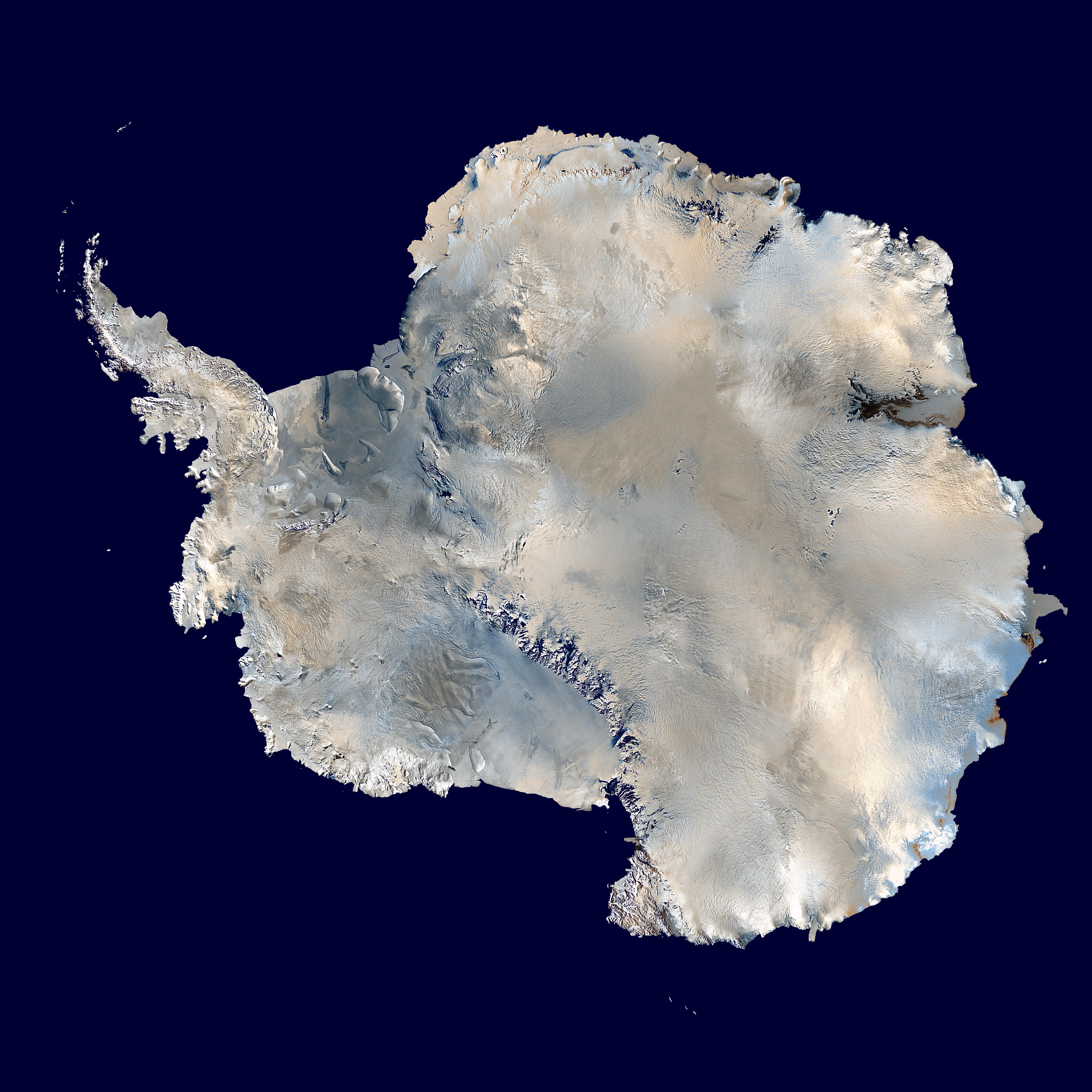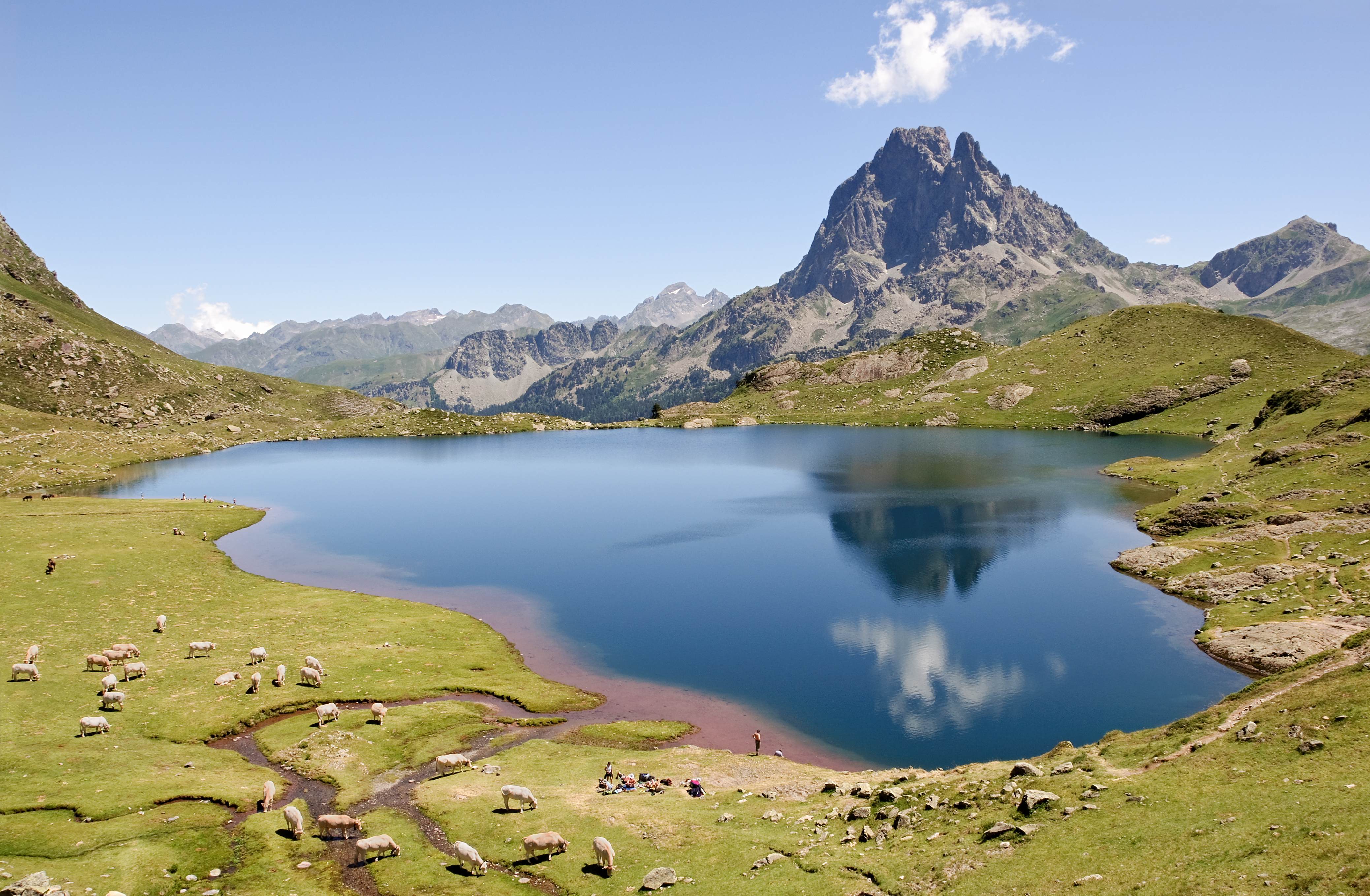|
Amphitheatre Lake (Antarctica)
Amphitheatre Lake is a smooth-surfaced meltwater lake long in the western part of the Amphitheatre Peaks, in the Nye Mountains of Antarctica. The lake is almost completely enclosed by rock and ice cliffs, forming an amphitheatre, with an outlet into Rayner Glacier at the west end. It was photographed in 1956 from Australian National Antarctic Research Expeditions (ANARE) aircraft and visited by an ANARE airborne field party in 1958. The descriptive name was applied by the Antarctic Names Committee of Australia. References Lakes of Antarctica Bodies of water of Enderby Land {{EnderbyLand-geo-stub ... [...More Info...] [...Related Items...] OR: [Wikipedia] [Google] [Baidu] |
Amphitheatre Peaks
The Amphitheatre Peaks () are a group of peaks surrounding and extending to the east of Amphitheatre Lake (Antarctica), Amphitheatre Lake, in the northwest part of Nye Mountains of Antarctica. They were photographed in 1956 from Australian National Antarctic Research Expeditions (ANARE) aircraft and visited in November 1958 by an ANARE airborne field party. They were named by the Antarctic Names Committee of Australia in association with Amphitheatre Lake. References * Mountains of Enderby Land {{EnderbyLand-geo-stub ... [...More Info...] [...Related Items...] OR: [Wikipedia] [Google] [Baidu] |
Nye Mountains
Nye Mountains () is a group of mountains, 30 nautical miles (60 km) long and 10 to 15 nautical miles (28 km) wide, which trend eastward from the head of Rayner Glacier. They were sighted by Squadron Leader D. Leckie, RAAF, during an ANARE ( Australian National Antarctic Research Expeditions) flight in October 1956. Named by Antarctic Names Committee of Australia (ANCA) for P.B. Nye, former Director of the Bureau of Mineral Resources Natural resources are resources that are drawn from nature and used with few modifications. This includes the sources of valued characteristics such as commercial and industrial use, aesthetic value, scientific interest and cultural value. O ..., Australian Department of National Development. Mountain ranges of Enderby Land {{EnderbyLand-geo-stub ... [...More Info...] [...Related Items...] OR: [Wikipedia] [Google] [Baidu] |
Antarctica
Antarctica () is Earth's southernmost and least-populated continent. Situated almost entirely south of the Antarctic Circle and surrounded by the Southern Ocean, it contains the geographic South Pole. Antarctica is the fifth-largest continent, being about 40% larger than Europe, and has an area of . Most of Antarctica is covered by the Antarctic ice sheet, with an average thickness of . Antarctica is, on average, the coldest, driest, and windiest of the continents, and it has the highest average elevation. It is mainly a polar desert, with annual precipitation of over along the coast and far less inland. About 70% of the world's freshwater reserves are frozen in Antarctica, which, if melted, would raise global sea levels by almost . Antarctica holds the record for the lowest measured temperature on Earth, . The coastal regions can reach temperatures over in summer. Native species of animals include mites, nematodes, penguins, seals and tardigrades. Where vegetation o ... [...More Info...] [...Related Items...] OR: [Wikipedia] [Google] [Baidu] |
Amphitheatre
An amphitheatre (British English) or amphitheater (American English; both ) is an open-air venue used for entertainment, performances, and sports. The term derives from the ancient Greek ('), from ('), meaning "on both sides" or "around" and ('), meaning "place for viewing". Ancient Roman amphitheatres were oval or circular in plan, with seating tiers that surrounded the central performance area, like a modern open-air stadium. In contrast, both ancient Greek and ancient Roman theatres were built in a semicircle, with tiered seating rising on one side of the performance area. Modern parlance uses "amphitheatre" for any structure with sloping seating, including theatre-style stages with spectator seating on only one side, theatres in the round, and stadia. They can be indoor or outdoor. Natural formations of similar shape are sometimes known as natural amphitheatres. Roman amphitheatres About 230 Roman amphitheatres have been found across the area of the Roman Empire. ... [...More Info...] [...Related Items...] OR: [Wikipedia] [Google] [Baidu] |
Rayner Glacier
Rayner Glacier () is a prominent glacier, wide, flowing north to the coast of Enderby Land just west of Condon Hills. It was sighted in October 1956 by Squadron Leader D. Leckie during a flight in an ANARE (Australian National Antarctic Research Expeditions) Beaver aircraft, and named by ANCA for J.M. Rayner, Director of the Bureau of Mineral Resources in the Australian Department of National Development. See also * Ice stream * List of glaciers in the Antarctic * List of Antarctic ice streams This is a list of Antarctic ice streams. A complete list of Antarctic ice streams is not available. Names and locations of Antarctic ice features, including those listed below, can be found in the Scientific Committee on Antarctic Research The ... Ice streams of Antarctica Bodies of ice of Enderby Land {{EnderbyLand-geo-stub ... [...More Info...] [...Related Items...] OR: [Wikipedia] [Google] [Baidu] |
Australian National Antarctic Research Expeditions
The Australian National Antarctic Research Expeditions (ANARE ) is the historical name for the Australian Antarctic Program (AAp) administered for Australia by the Australian Antarctic Division (AAD). History Australia has had a long involvement in south polar regions since as early as Douglas Mawson's Australasian Antarctic Expedition in 1911. Further Australian exploration of the Antarctic continent was conducted during the British Australian and New Zealand Antarctic Research Expedition (BANZARE), which was conducted over the years 1929–1931. The Australian National Antarctic Research Expeditions were established in 1947 with expeditions to Macquarie Island and Heard Island. In 1948 the Australian Antarctic Division (AAD) was established to administer the expedition program. ANARE Name The name ANARE fell out of official use in the early 2000s. However current and former Australian Antarctic expeditioners continue to use the term informally as a means of identifica ... [...More Info...] [...Related Items...] OR: [Wikipedia] [Google] [Baidu] |
Antarctic Names Committee Of Australia
The Australian Antarctic Names and Medals Committee (AANMC) was established to advise the Government on names for features in the Australian Antarctic Territory and the subantarctic territory of Heard Island and the McDonald Islands. The committee also issues nominations Governor General for the award of the Australian Antarctic Medal. Committee members were appointed by the Minister or Parliamentary Secretary responsible for Antarctic matters. The committee was founded in 1952 as the Antarctic Names Committee of Australia, and changed to the current name in 1982 to reflect the multiple functions that the committee is responsible for. The committee was replaced by the Australian Antarctic Division Place names Committee in 2015. Features named by the committee * Fyfe Hills, named after W.V. Fyfe, Surveyor General of Western Australia * Goldsworthy Ridge, named after R.W. Goldsworthy, survey field assistant * Gowlett Peaks, named after Alan Gowlett, engineer * Haigh Nunatak, ... [...More Info...] [...Related Items...] OR: [Wikipedia] [Google] [Baidu] |
Lakes Of Antarctica
A lake is an area filled with water, localized in a basin, surrounded by land, and distinct from any river or other outlet that serves to feed or drain the lake. Lakes lie on land and are not part of the ocean, although, like the much larger oceans, they do form part of the Earth's water cycle. Lakes are distinct from lagoons, which are generally coastal parts of the ocean. Lakes are typically larger and deeper than ponds, which also lie on land, though there are no official or scientific definitions. Lakes can be contrasted with rivers or streams, which usually flow in a channel on land. Most lakes are fed and drained by rivers and streams. Natural lakes are generally found in mountainous areas, rift zones, and areas with ongoing glaciation. Other lakes are found in endorheic basins or along the courses of mature rivers, where a river channel has widened into a basin. Some parts of the world have many lakes formed by the chaotic drainage patterns left over from the last ice ... [...More Info...] [...Related Items...] OR: [Wikipedia] [Google] [Baidu] |


.jpg)
